Featured 2











Photo: Md. Abu Sufian Jewel
A rueful walk down the memory lane
Tragedies are part of history and human civilization, and there is no denial against their existence. However, there are some catastrophic tragedies which hold the power to live rent-free in human memories for weeks-months-years-decades; even centuries. It was the devastating afternoon of April 24 in 2013, a Sunday when Bangladesh, a strong player in the global RMG (readymade garments) industry, along with the rest of the world witnessed such an event - that still haunts people. On the aforementioned day in 2013, the Savar Upazila of Dhaka saw the Rana Plaza collapse, a significant structural catastrophe that involved an eight-story commercial skyscraper. Having found 1,134 bodies, the hunt for the missing stopped after 19 days on May 13, 2013 - rescuing 2,500 injured in the process. In addition to being the deadliest industrial catastrophe in Bangladeshi history, it is also regarded as the deadliest accidental structural failure in modern human history, the deadliest garment-factory tragedy, and the deadliest industrial accident in history as well - while leaving thousands of families, workers, and community members traumatized.
This unforgettable disaster has been in the discussion throughout the past decade many times, and the grief continues to date with so many "What if"s as well. What if the workers had not been pushed into working on urgent orders in a building the authorities had closed as unsafe the day before? The disaster occurred only five months after 112 workers had died in the factory fire at the Tazreen Fashion factory in the Ashulia district on the outskirts of Dhaka, what if the authorities of Rana Plaza would keep this in mind before forcing the RMG warriors to embrace their painful injuries and deaths? These two catastrophic events brought to light the poor labour conditions that workers in the RMG sector in Bangladesh had long been facing, awakening the world to the urgent need for change.
Shedding the spotlight on this tragic event, an exclusive and immersive photographic exhibition titled 'Ten Years After Rana Plaza', marking ten years of the Rana Plaza disaster through interdisciplinary works on the subject by Bangladeshi photographer and filmmaker, Ismail Ferdous, began at Drik Gallery on July 21, Dhaka. Following the tragic collapse of the Rana Plaza garment factory in 2013, one of the most devastating industrial disasters in Bangladesh's history claiming the lives of over 1,100 workers, Ferdous has passionately advocated against the detrimental impacts of the "fast fashion" industry on Bangladesh. Through his documentary film titled 'The Cost of Fashion' and photo projects including 'After Rana Plaza', he has captured the untold stories of the survivors and families of the victims.
"So why bring this incident up once again, after a decade, to the Dhaka visitors at Drik in this dark architectural maze with all these photographs?" Answering this question to DC, Ferdous simply replied: "To make you remember, what happened out there." Surely it served its intended purpose, while also serving as a continuation of his ongoing efforts to explore memory's struggle against forgetfulness. The esteemed photographer, through the photographs and the documentary, has captured the untold stories of around 40 survivors and families of the victims of the Rana Plaza building collapse. Through those sombre photographs, videos, narratives, interactive installations, and posters, the show challenged the complacency of the middle-class audience and ensure that Rana Plaza memories remain ingrained in personal, social, and national history. Standing as a solemn commemoration of the horrors that unfolded on April 24, 2013, the exhibition is designed to encourage deep reflection on the continued efforts required to secure labour rights for garment workers in Bangladesh.
The exhibition was designed not in a linear way, nor it offered a typical "gallery view" to entertain its visitors, Rather, it demonstrated a unique and dark architectural maze to make the visitors feel the darkness, grief and pain. There were some unique elements in this exhibition - a gigantic poster wall created by popular artist Morshed Mishu featuring a wall full of posters which were made during those hazardous days, carrying information about the missing workers. A curatorial wall was decorated portraying the chronological order of the everyday death tolls. There was a message board for the visitors offering pens and sticky notes to share their experiences - and looking at the wall carrying those messages, one can easily understand how vividly the visitors remembered and could relate to the architectural massacre.
Throughout his illustrious career, Ismail Ferdous has collaborated with esteemed international newspapers, magazines, and corporate clients. These include The New York Times Magazine, Geo Magazine, The Washington Post, Le Monde M magazine, Hermes, and many others. Since 2017, he has been a frequent contributor to National Geographic magazine, contributing challenging stories on diverse subjects. Ismail Ferdous's outstanding work has garnered recognition and accolades, including the prestigious World Press Photo - Picture of the Year (International), Alexa Foundation Grant, Getty Images Instagram Grant, and numerous other major photography awards. At present, Ismail Ferdous is currently working as a member of Agence VU' in Paris.
In collaboration with the Bangladesh Center for Workers Solidarity, the exhibition is partially funded by the 21st Century International Women's Garment Workers Union Heritage Fund. The exhibition is currently open to the public every day until July 29 from 3 pm to 8 pm, and after that, the exhibition will be open to all interested visitors via this website: https://costoffashion.com/360/?fbclid=IwAR2Ja2PQTYCgieAmy2E_yANQ2ZLjnml_SWbXqIFhcKlmLkS-eMJ0vnx3gMo.






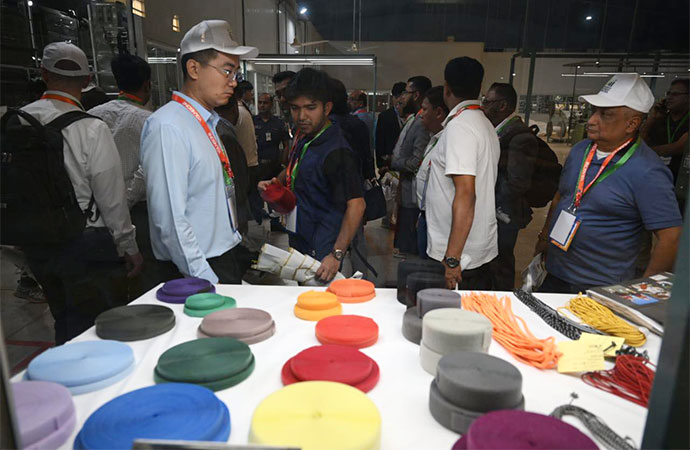

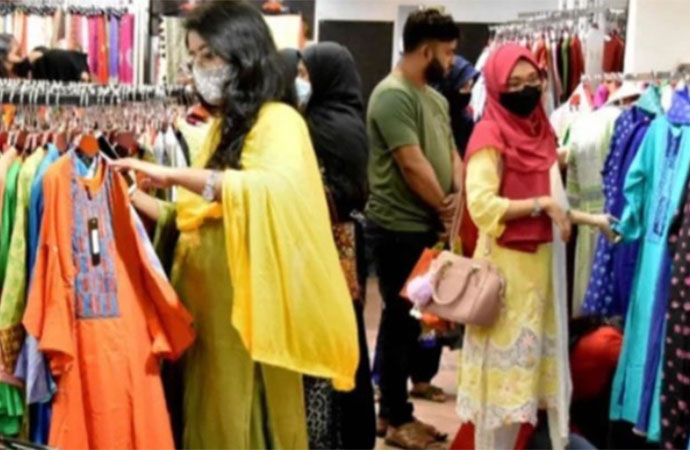










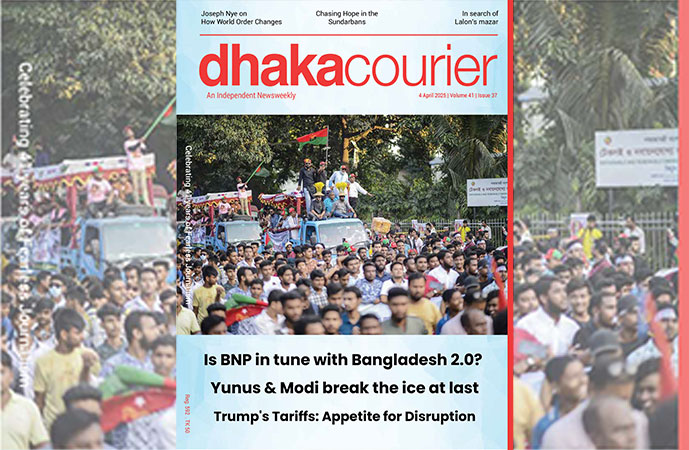
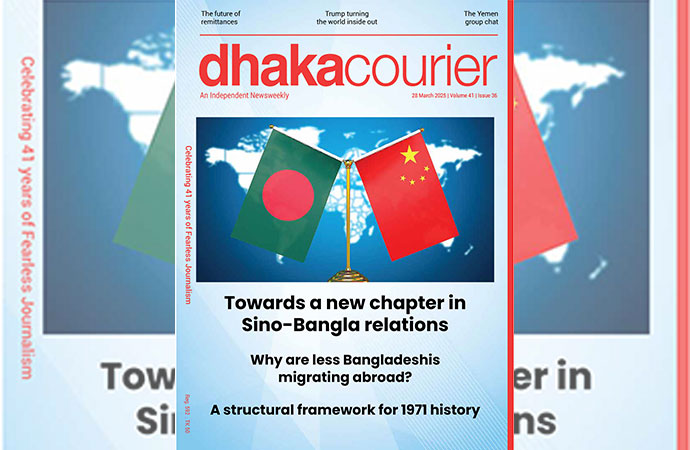
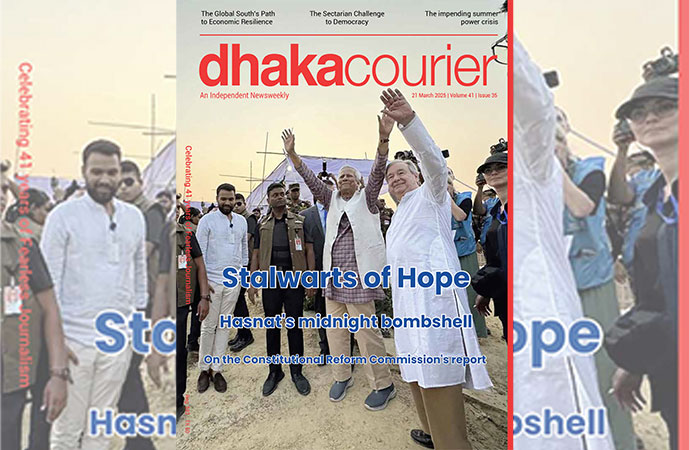
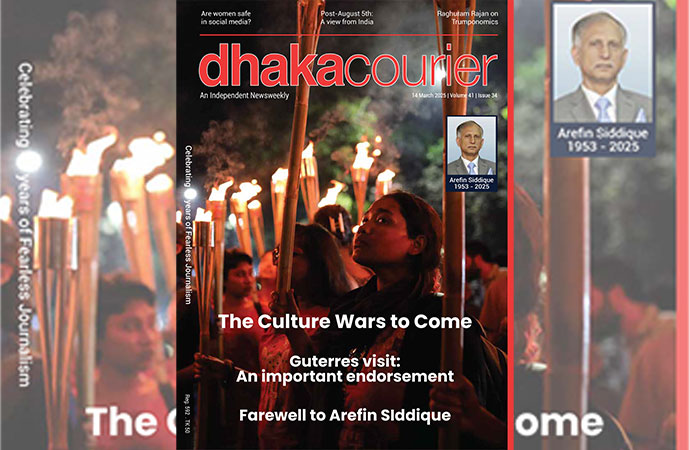


Leave a Comment
Recent Posts
Why the two steps forward, one ...
We are disturbed by developments in relations with our most significan ...
EU underlines need for transpa ...
Ambassador of the European Union (EU) to Bangladesh Michael Miller on ...
There’s fresh impetus for Bangladesh-UK to work more ..
The week that Trump pushed the global economy to the ..
The United States and China are locked in a faceoff ..
Memories of Africa and Russia in 1996 and now